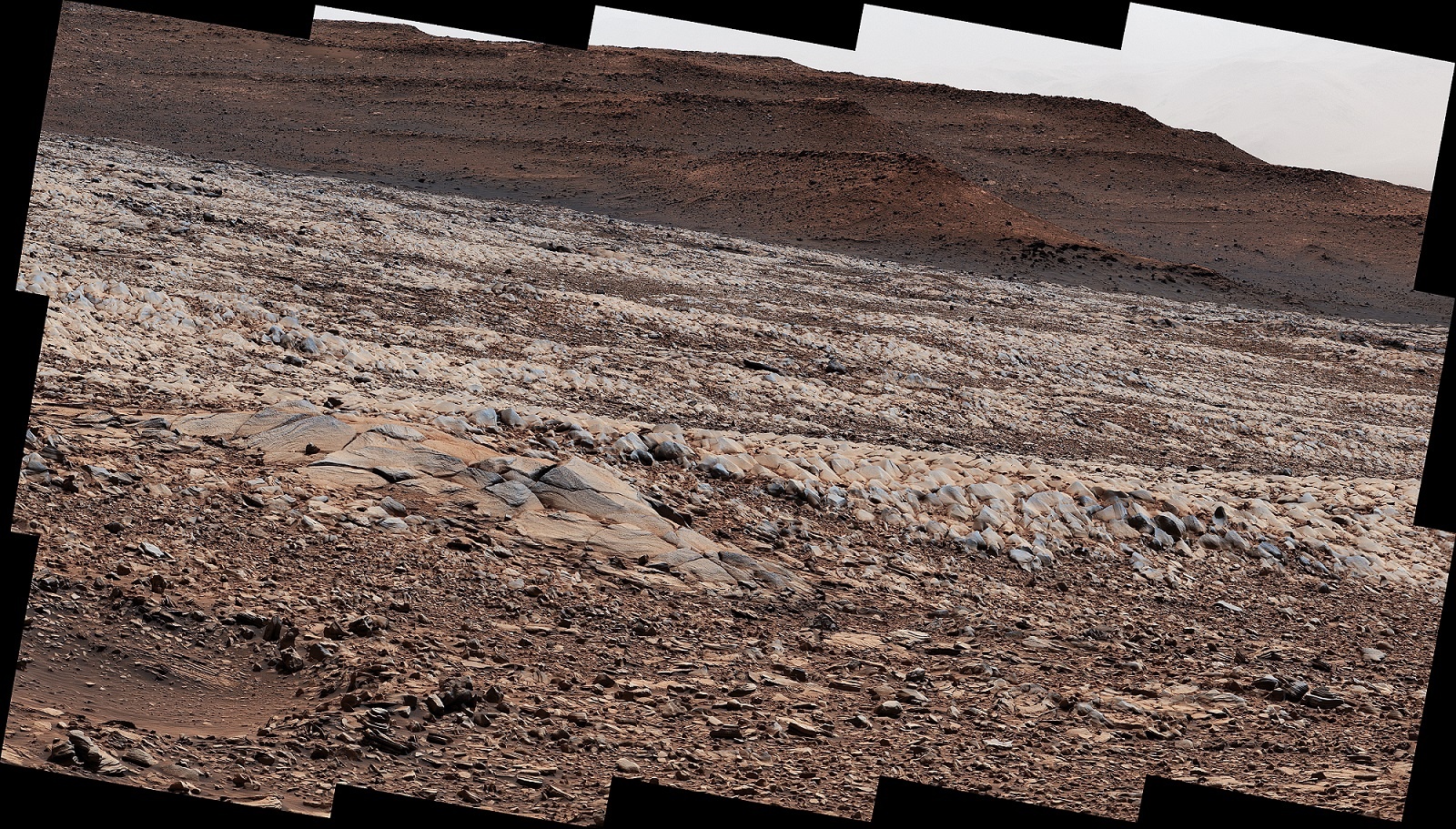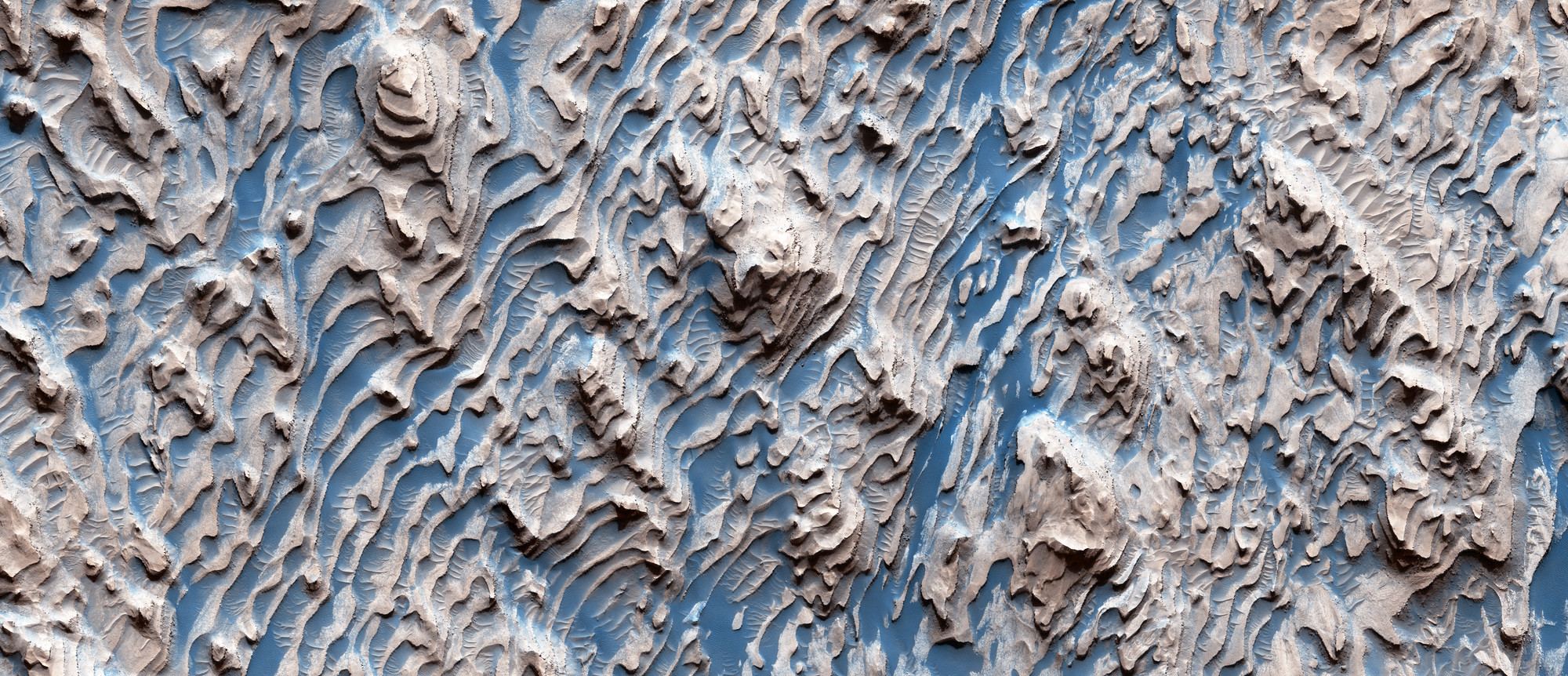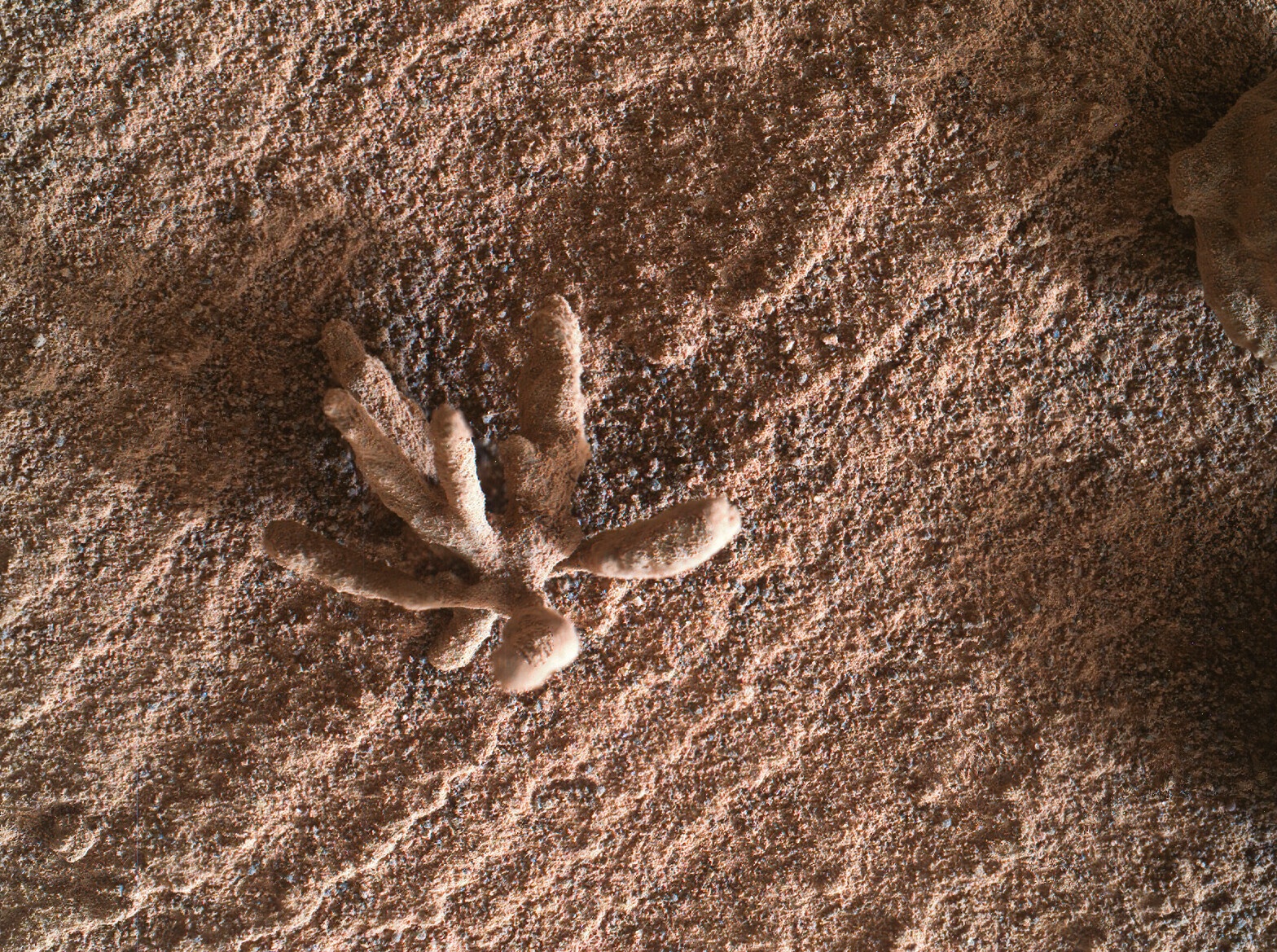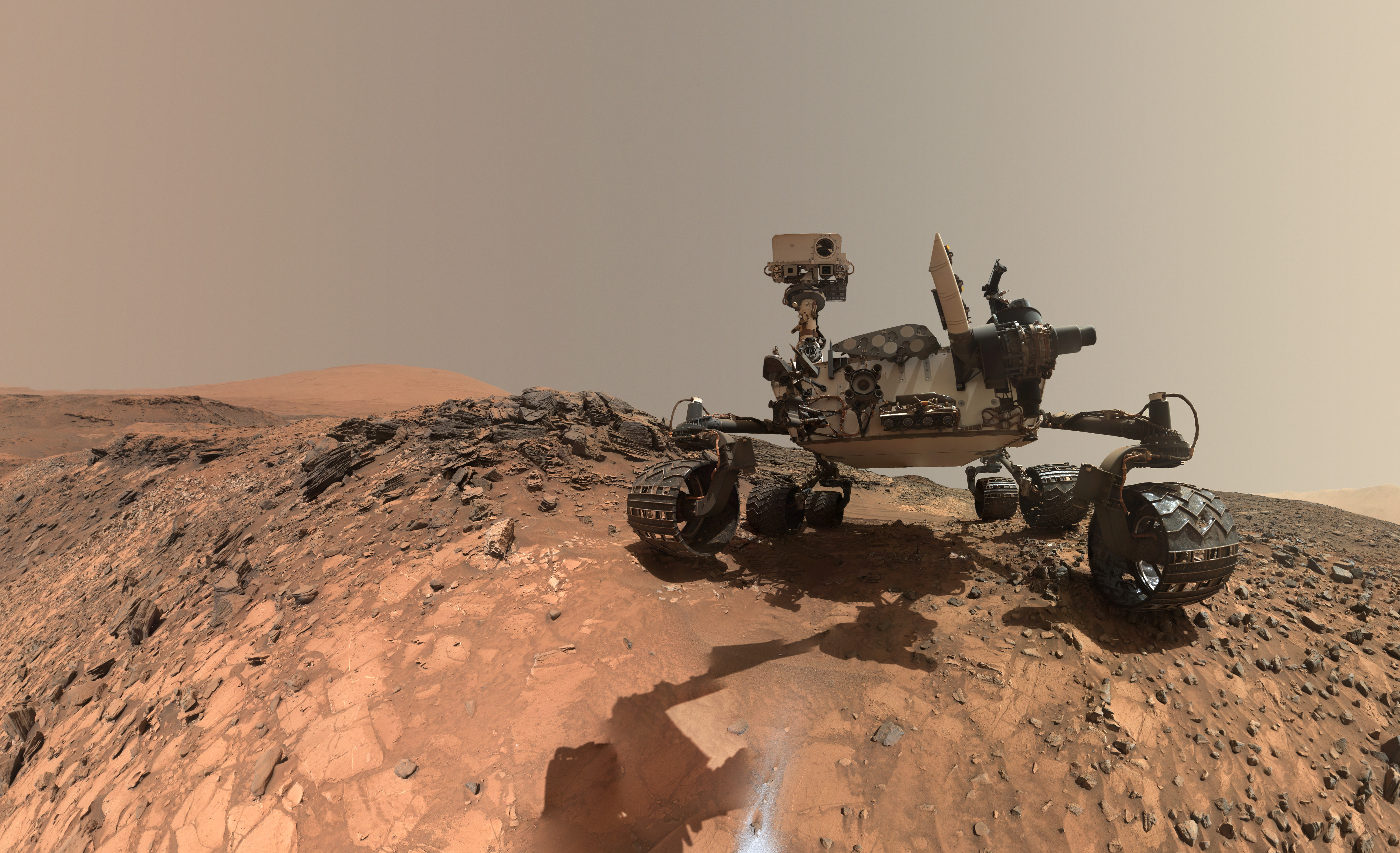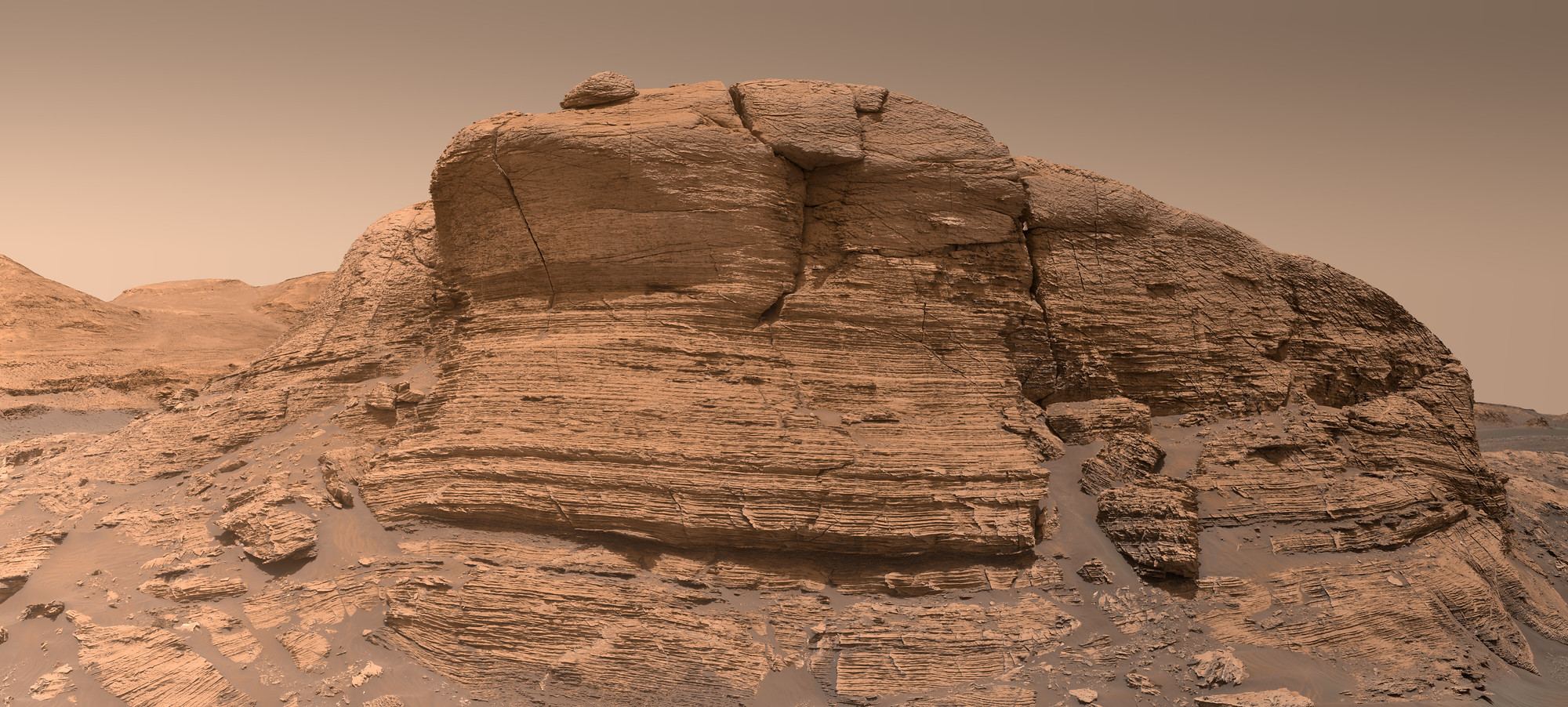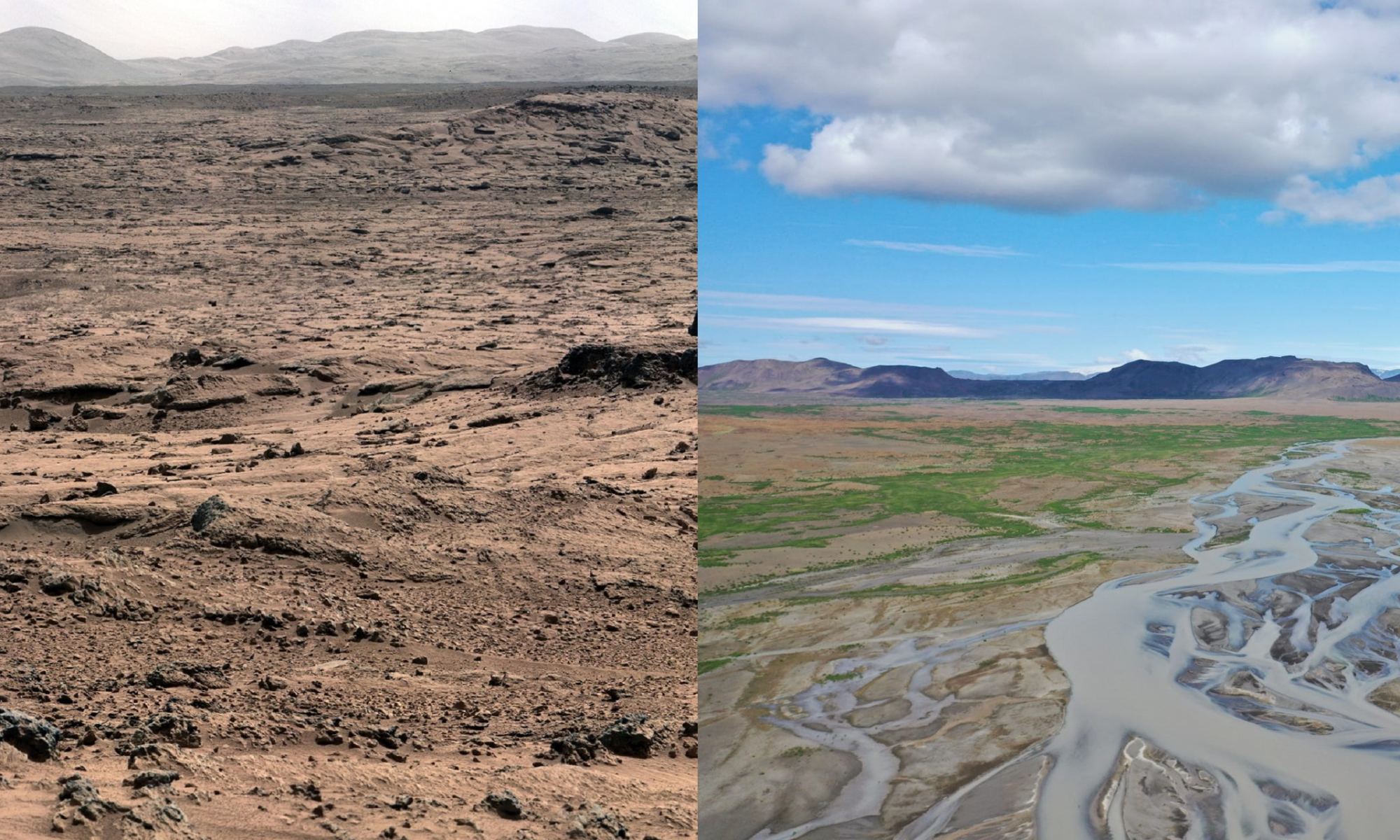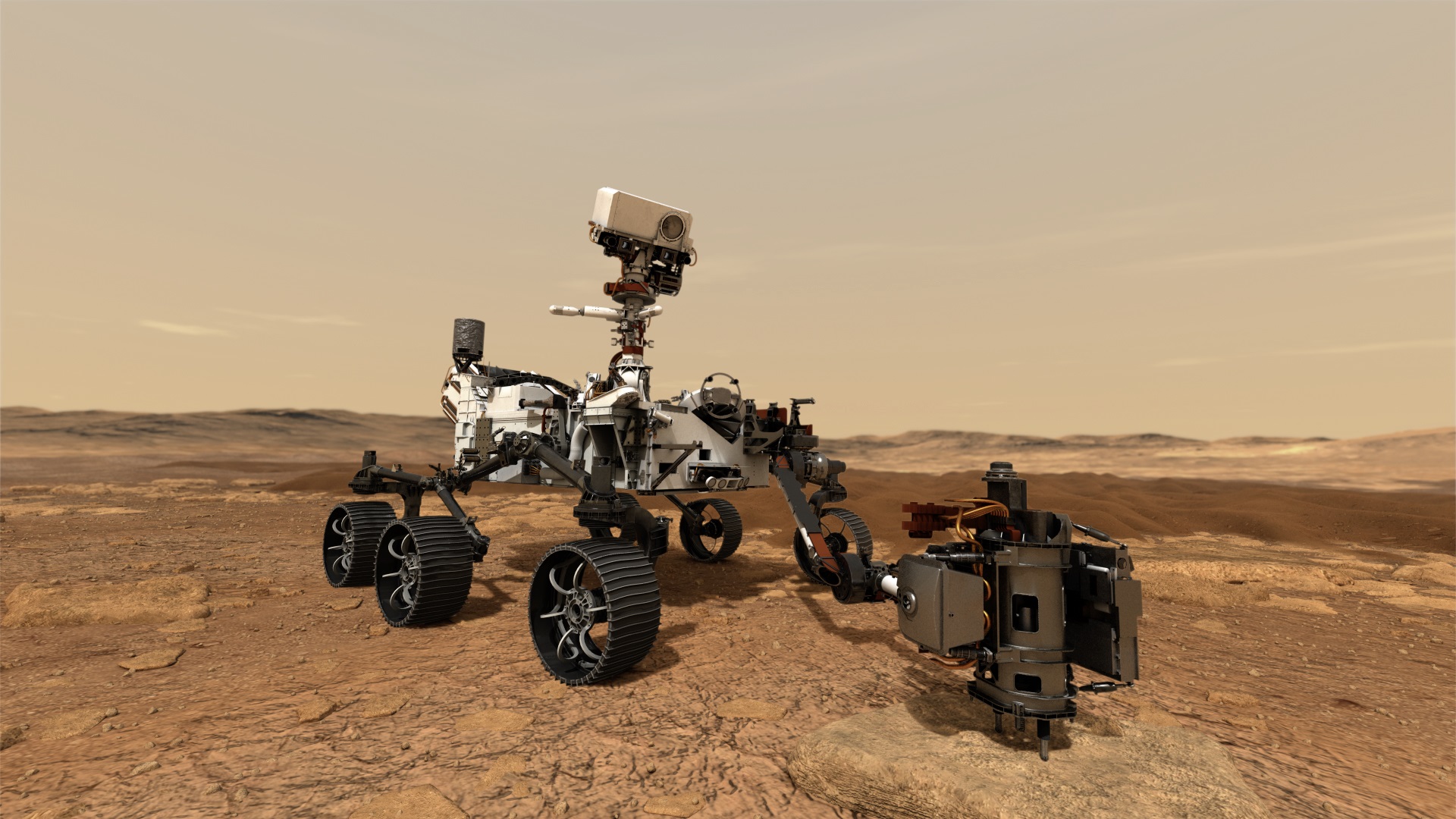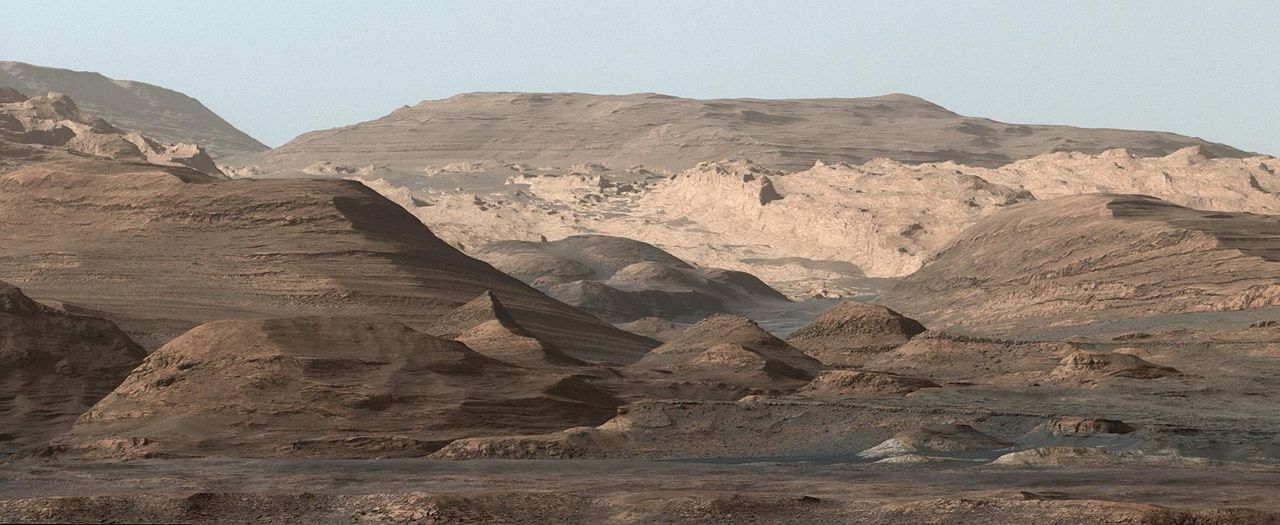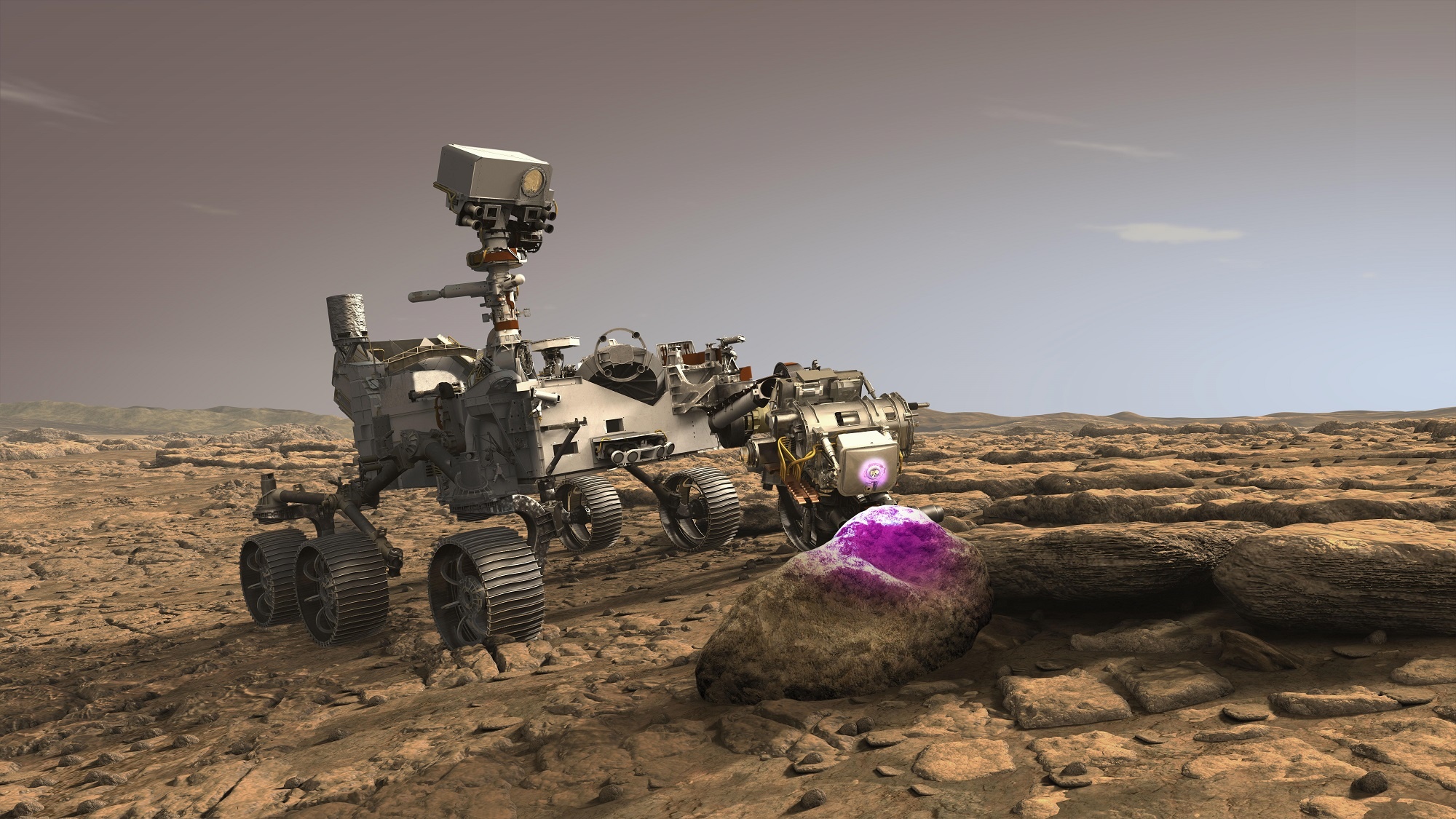NASA has granted mission extensions to eight different planetary missions, citing the continued excellent operations of the spacecraft, but more importantly, the sustained scientific productivity of these missions, “and the potential to deepen our knowledge and understanding of the solar system and beyond.” Each mission will be extended for three more years.
One of the most exciting extensions gives a new mission to the OSIRIS-REx spacecraft, sending it to one of the most infamous asteroids of them all, the potentially hazardous asteroid Apophis.
Continue reading “Eight Missions are Getting Extensions, Most Exciting: OSIRIS-REx is Going to Asteroid Apophis”

